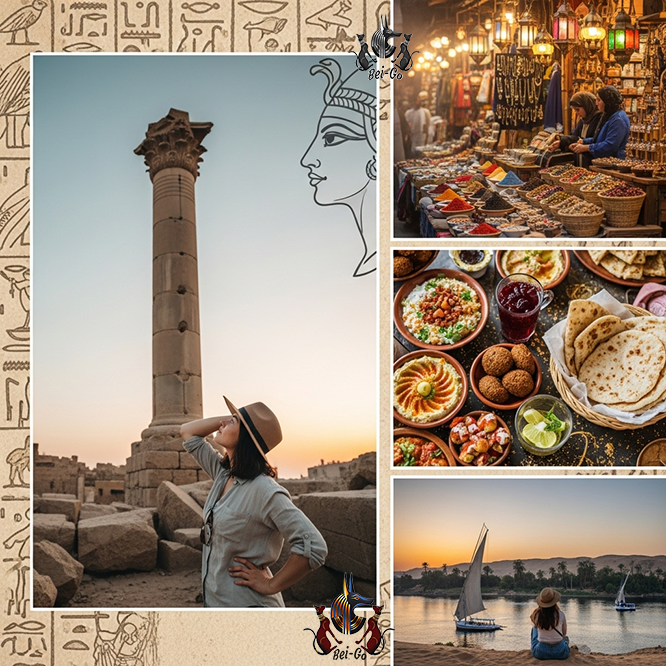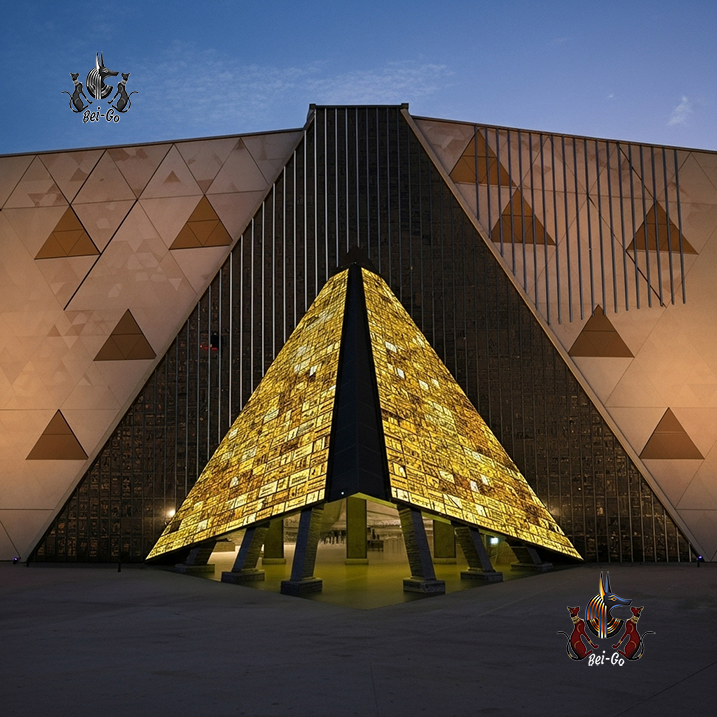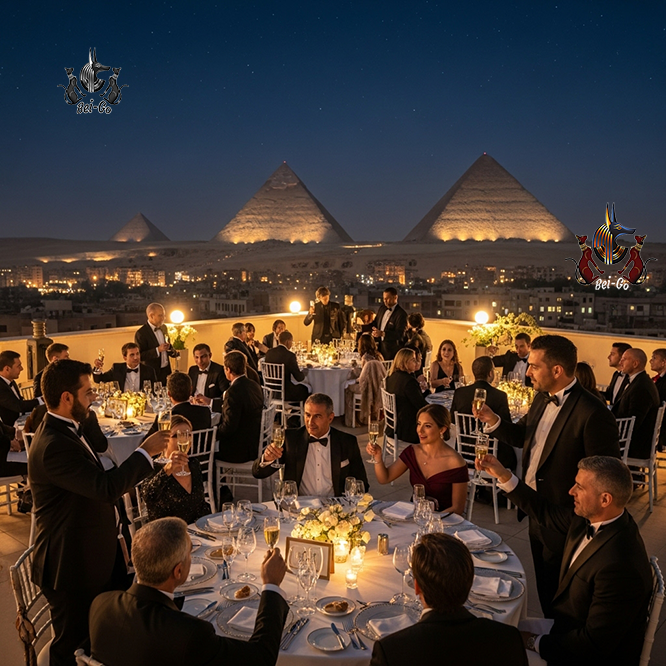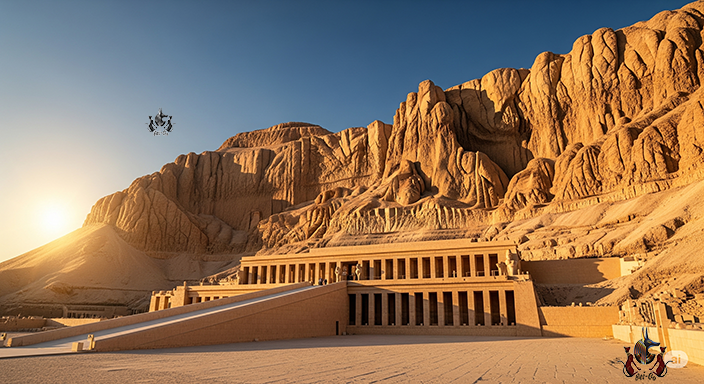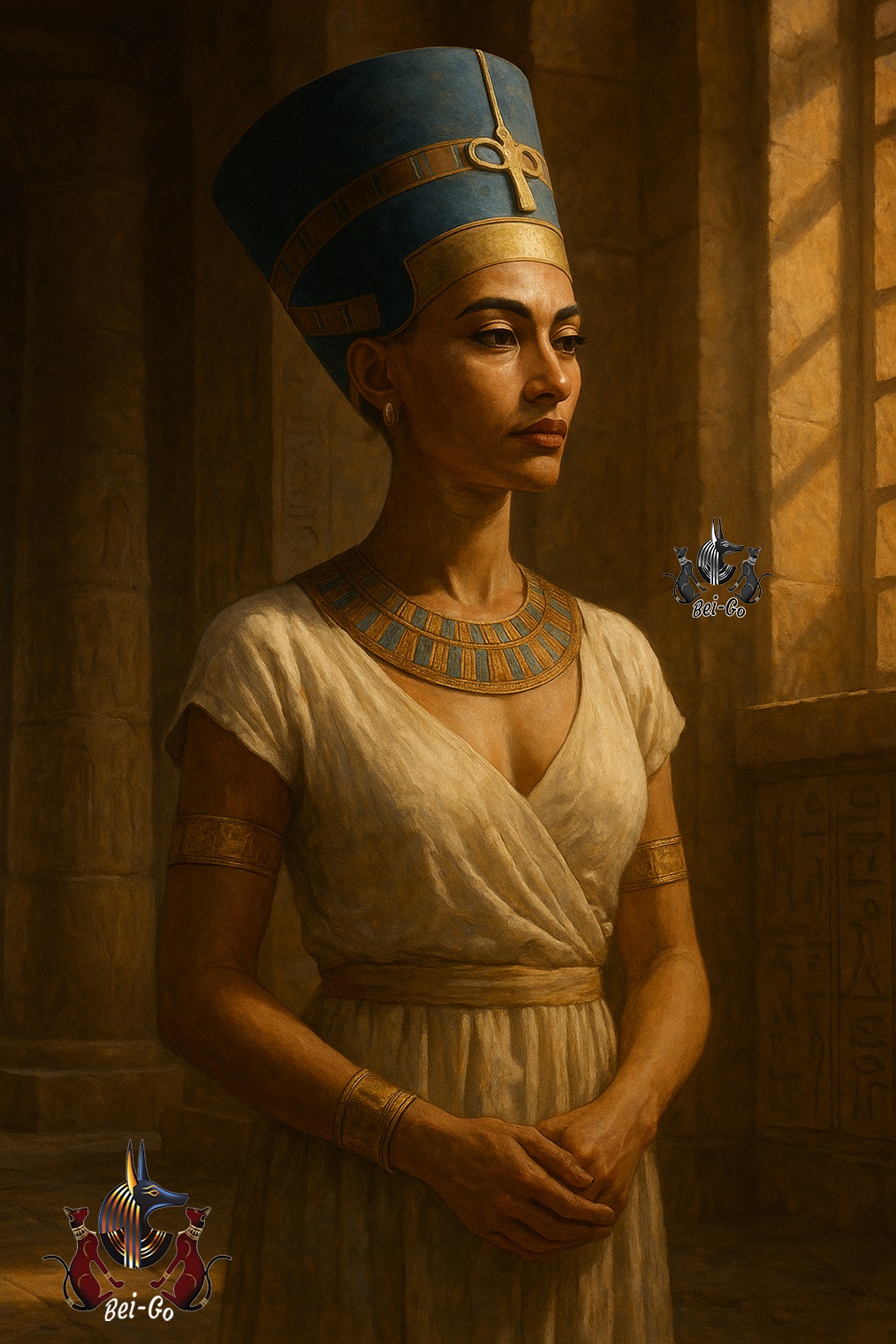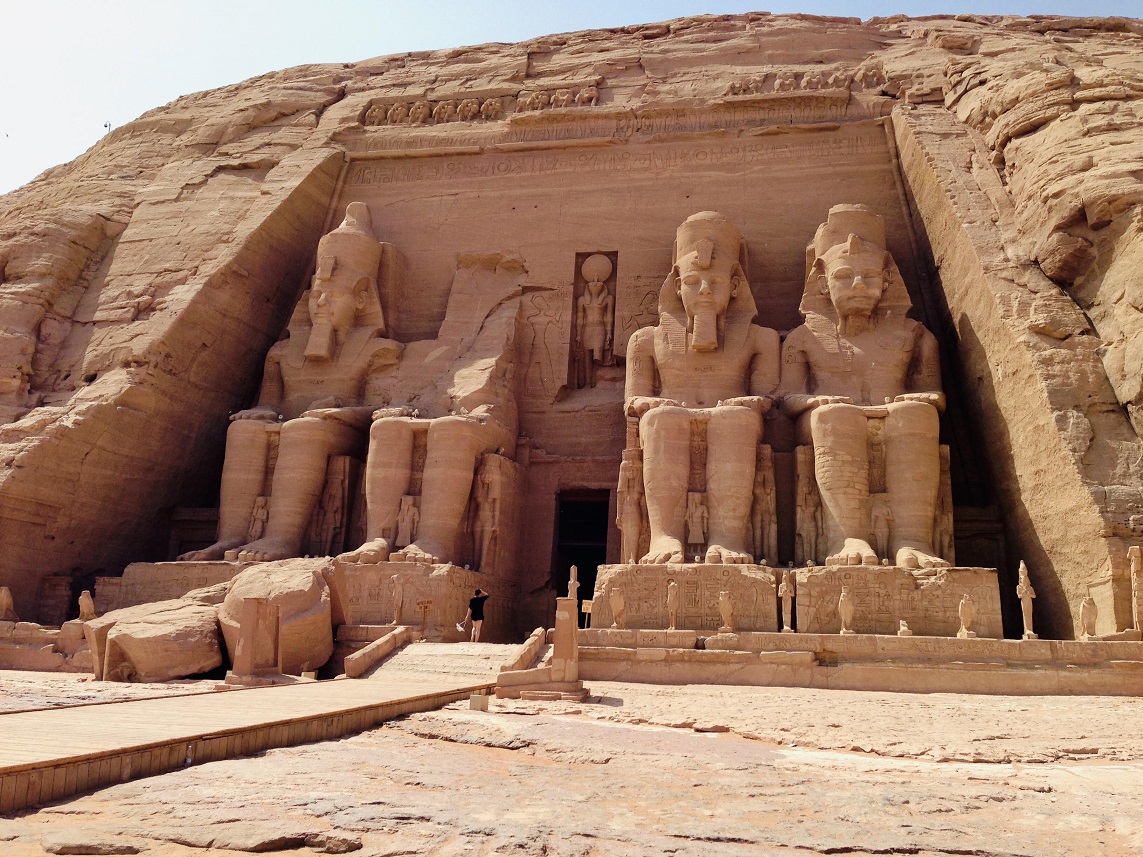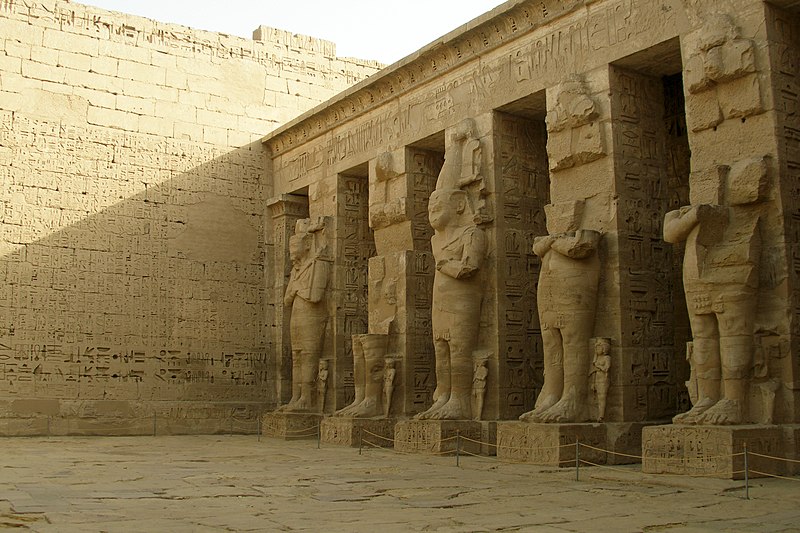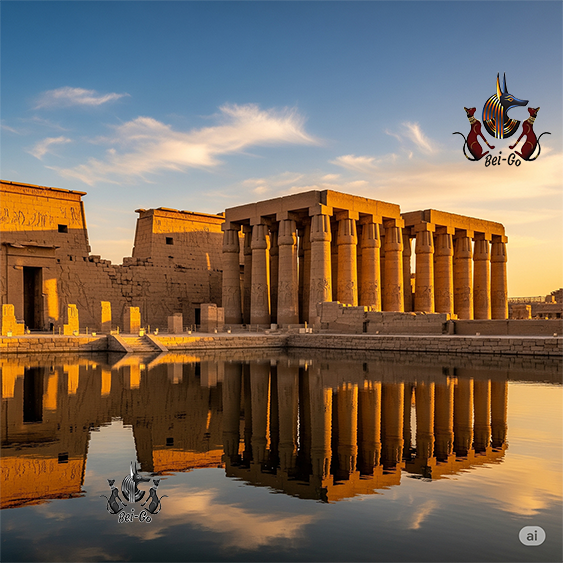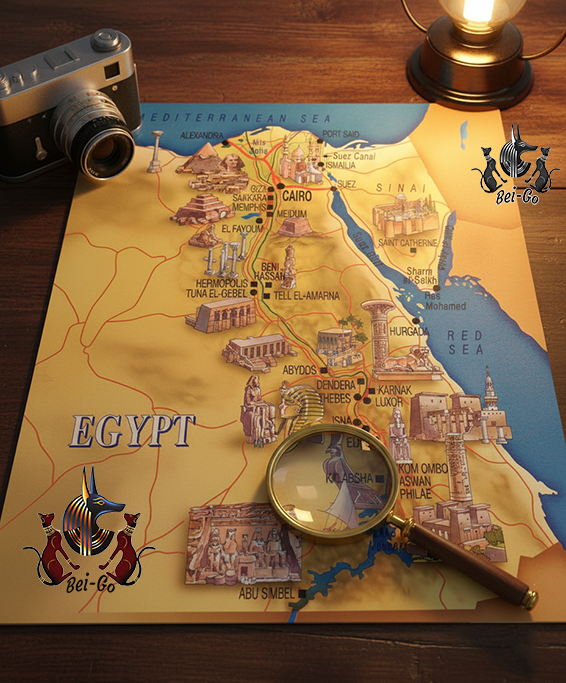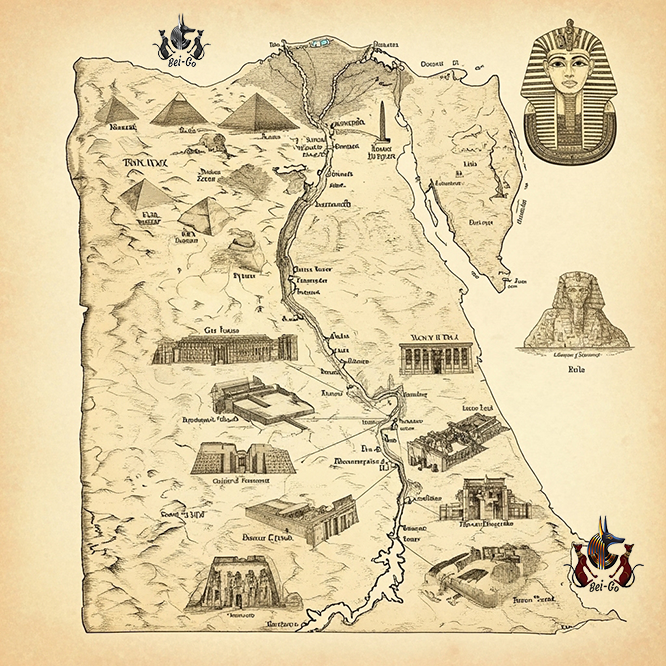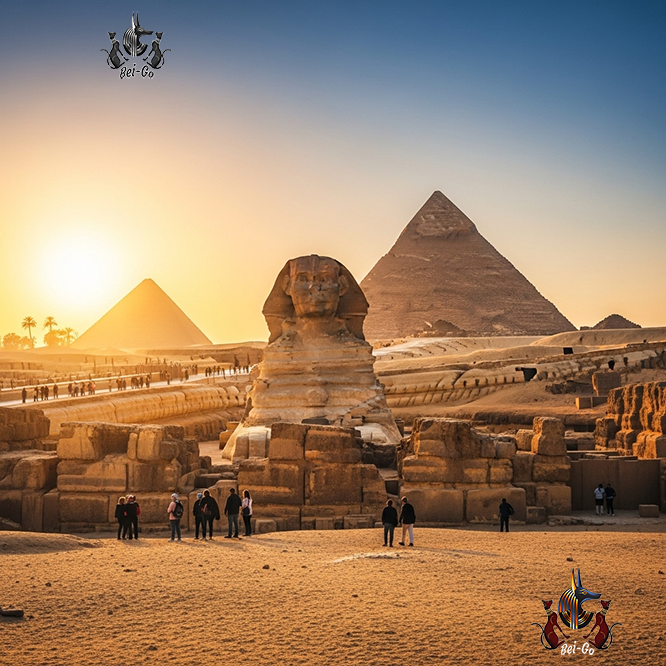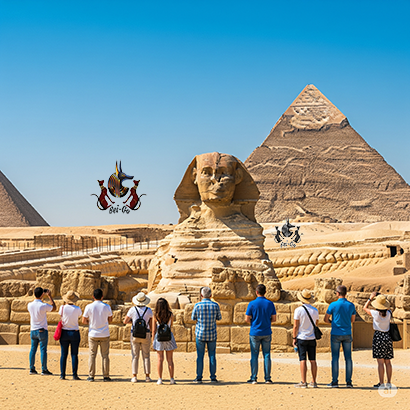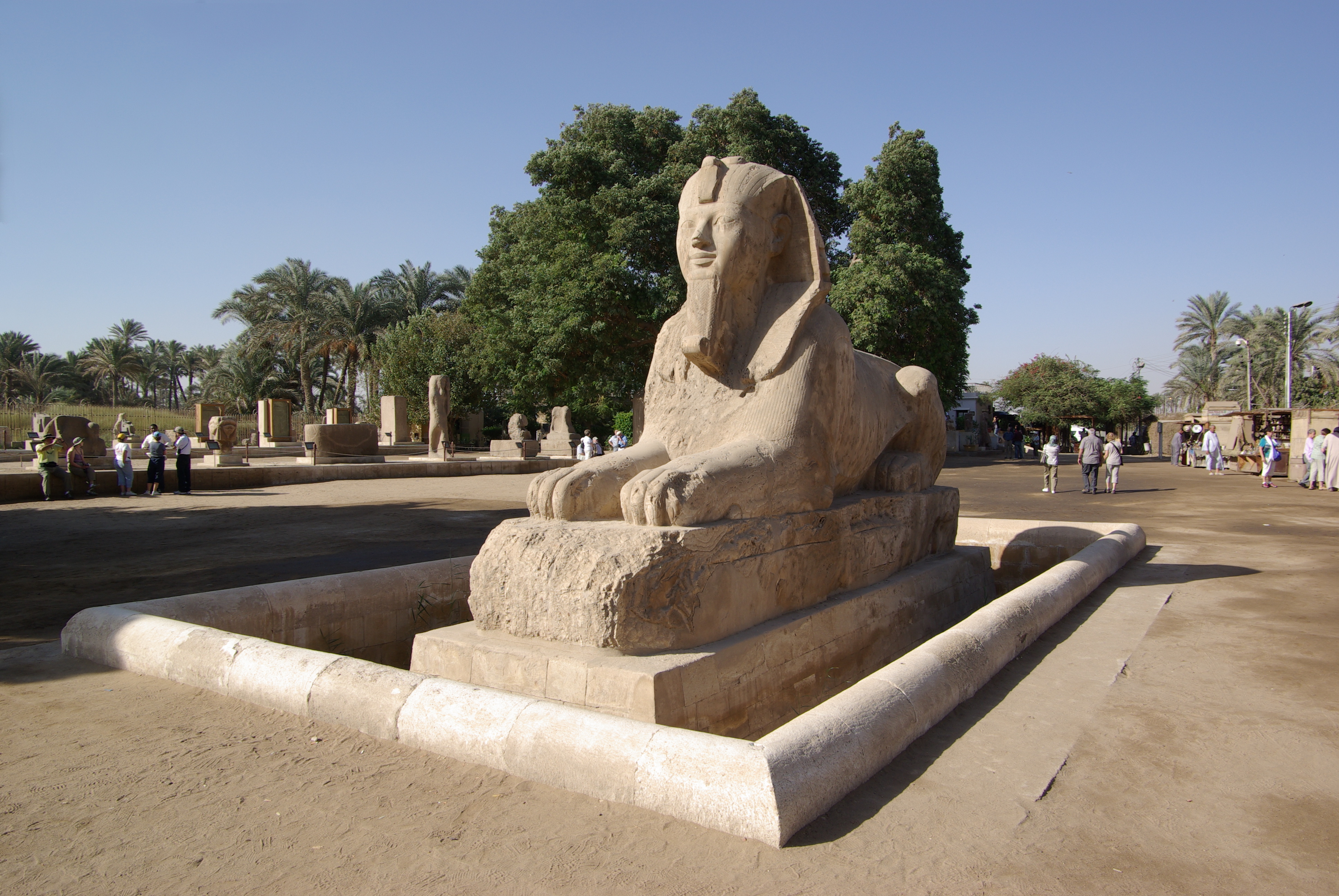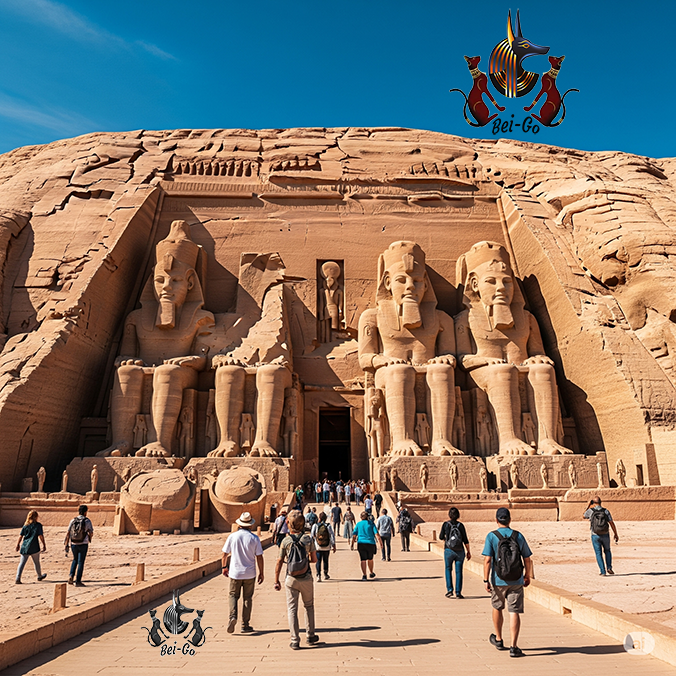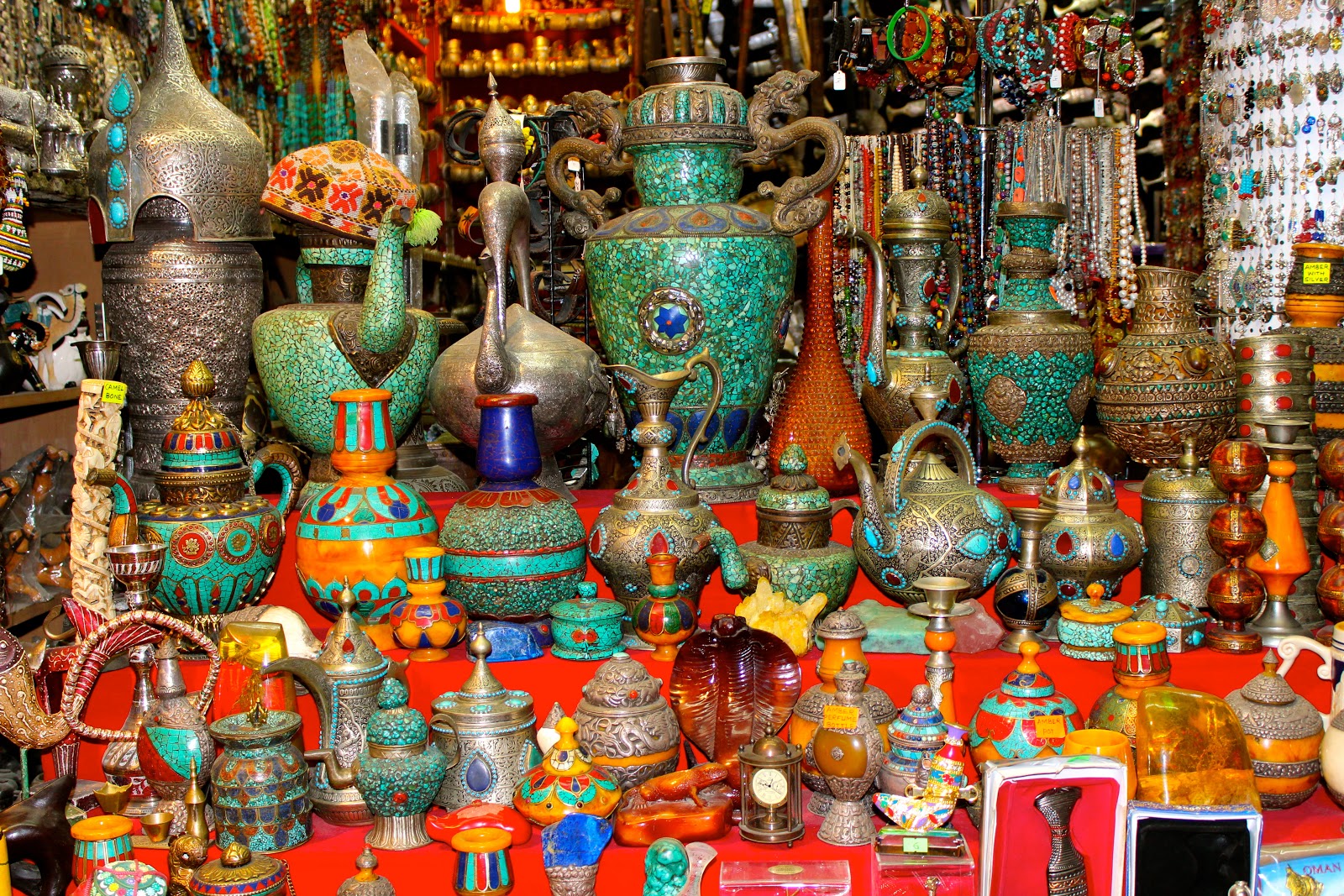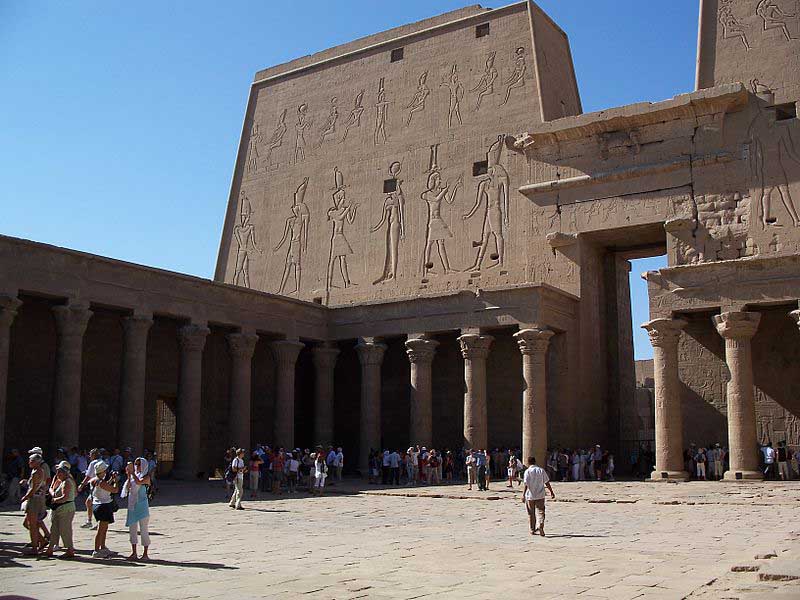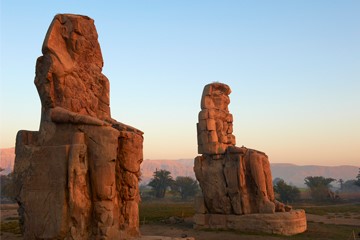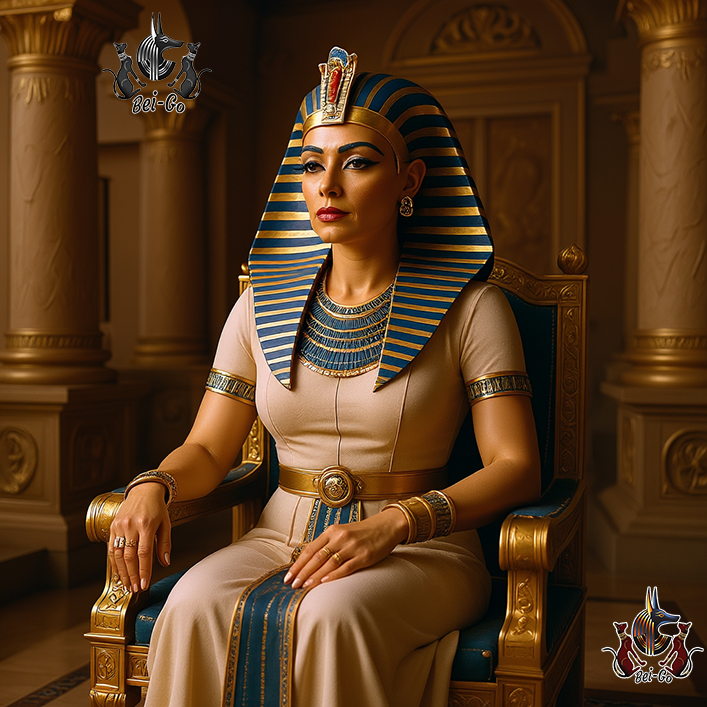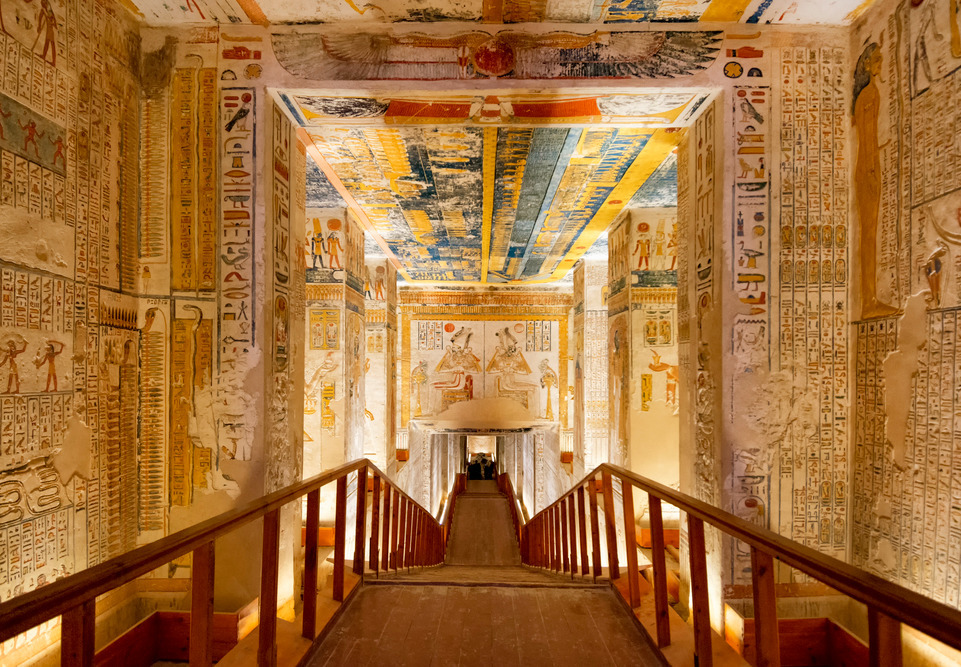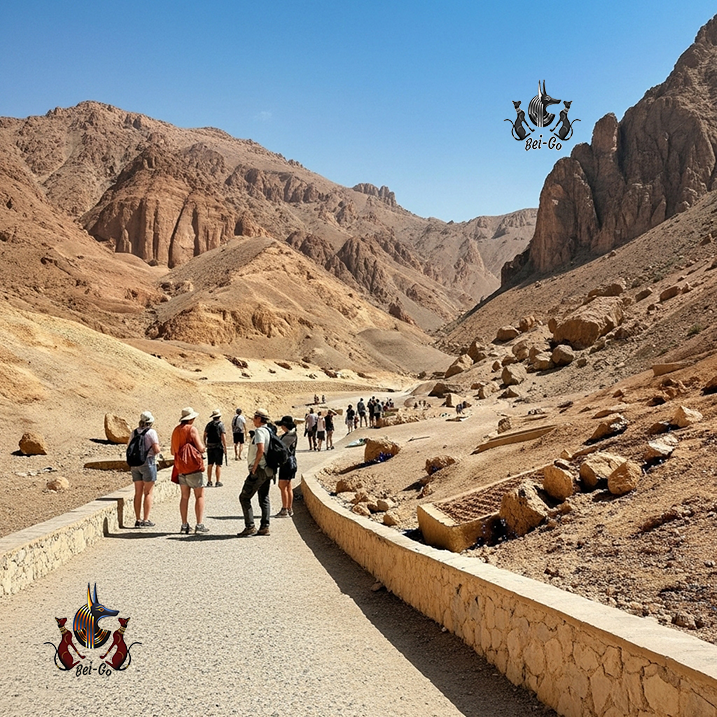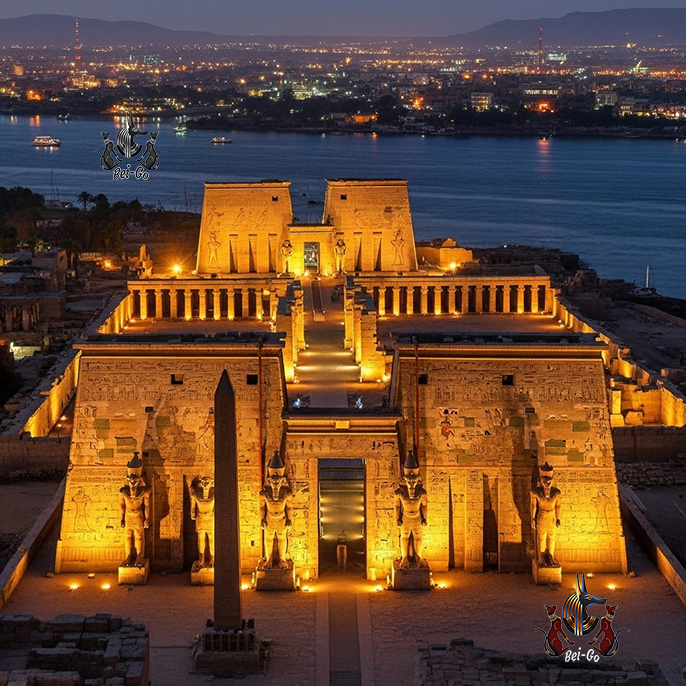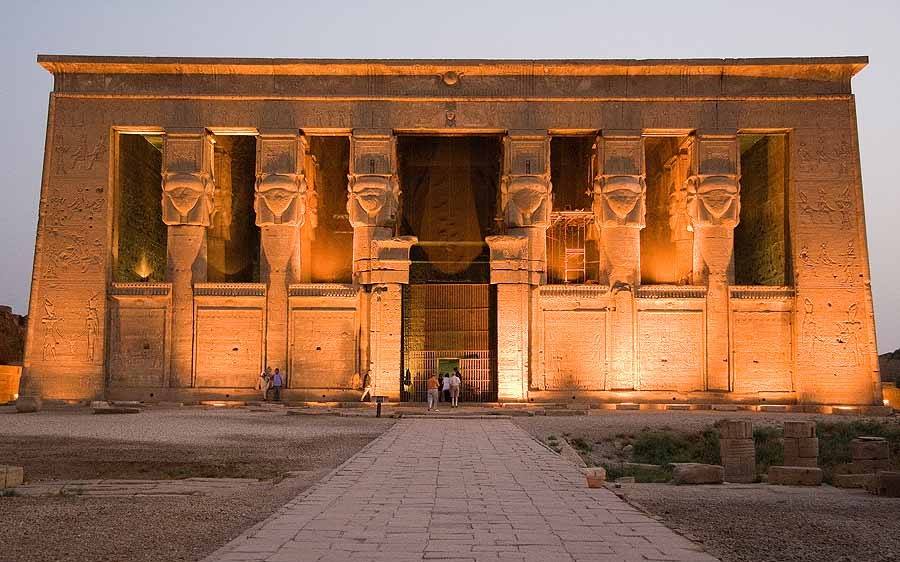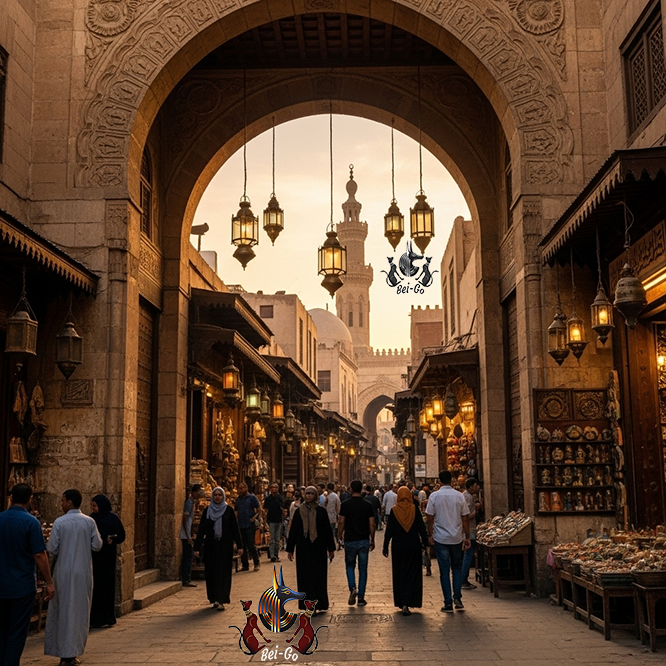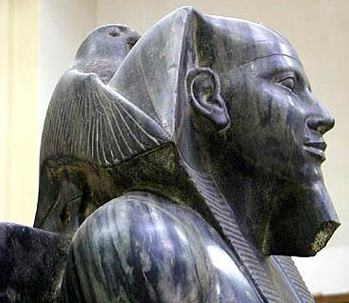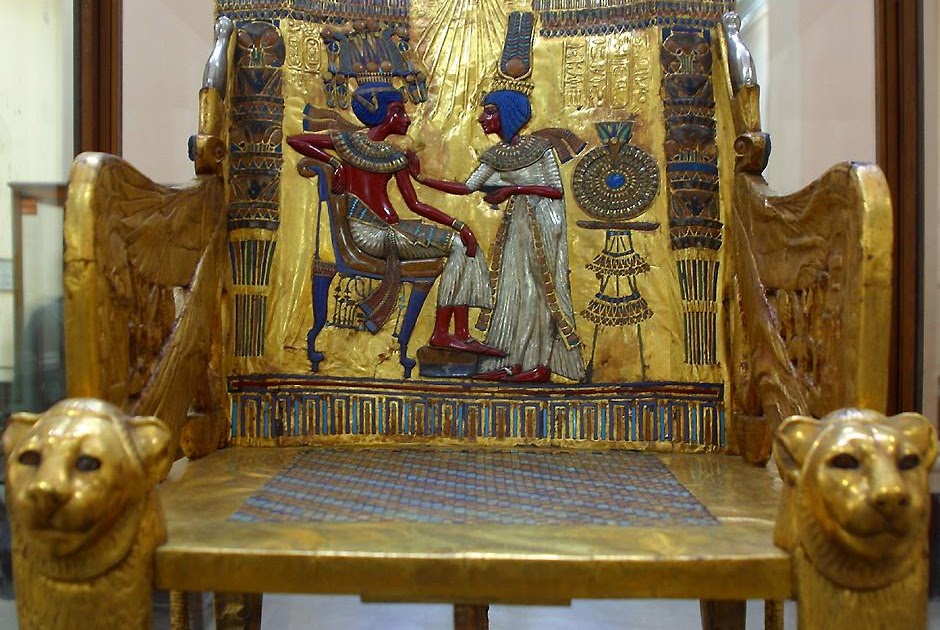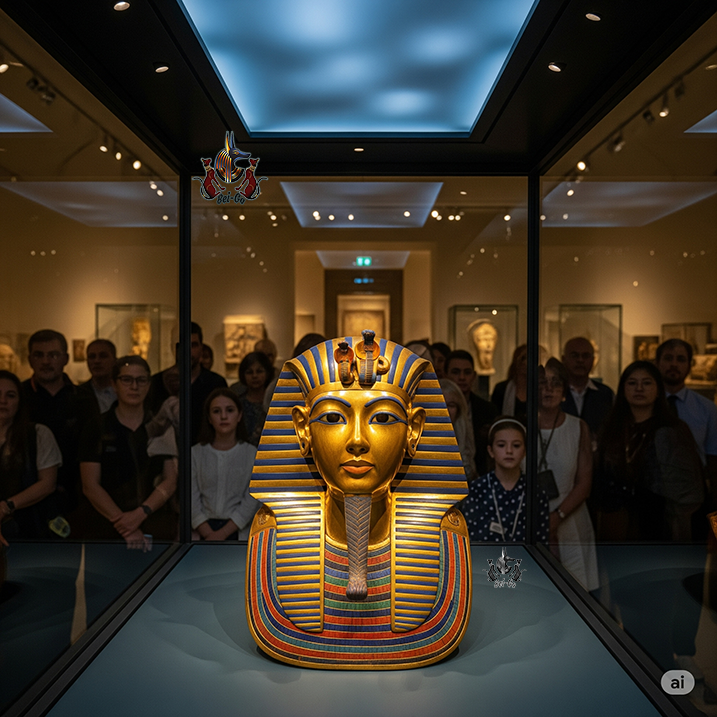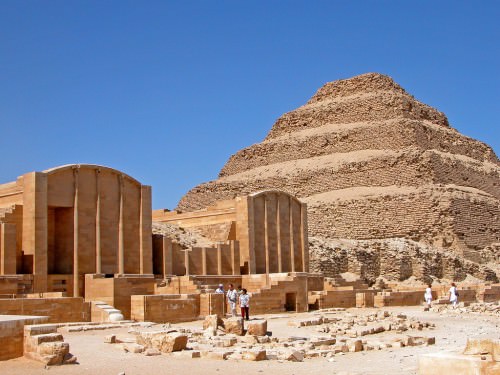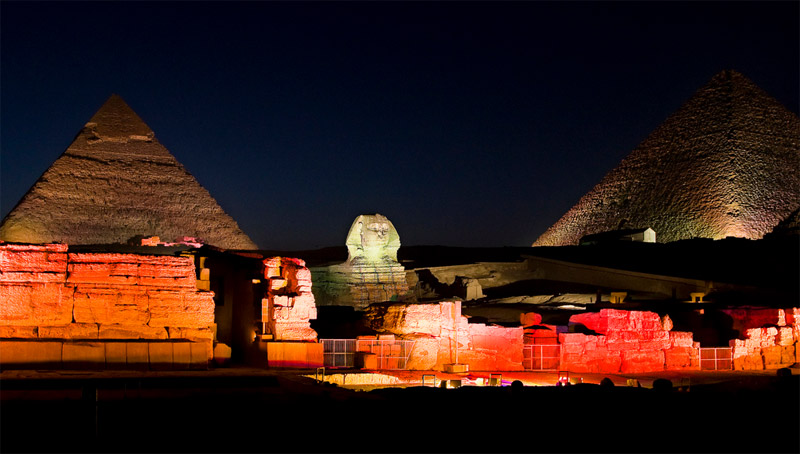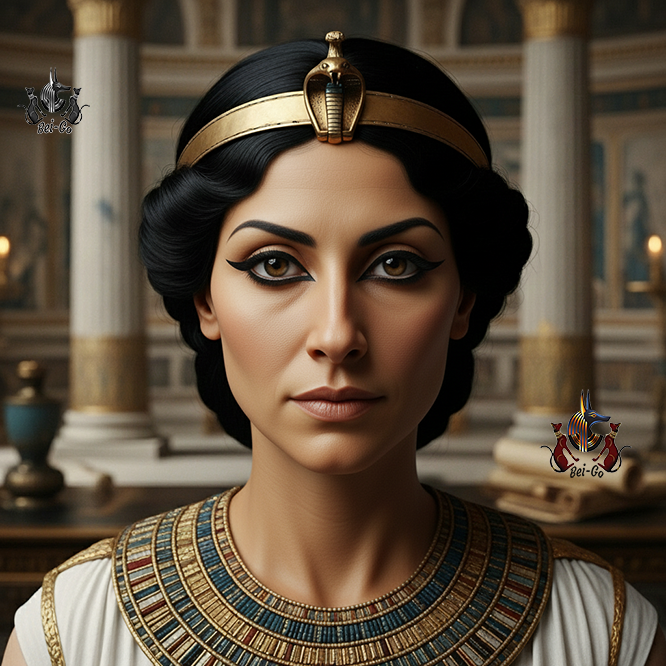
Cleopatra: Journey Beyond the Myth of Egypt's Legendary Queen

Historical Introduction: Cleopatra VII - The Last Queen of Egypt
Cleopatra VII Thea Philopator, the last active pharaoh of the Hellenistic Ptolemaic Kingdom, is a pivotal figure in ancient Egyptian history. She ruled from 51 to 30 BC, and was part of the Greek Ptolemaic dynasty that took over Egypt after the death of Alexander the Great. Born around 69 BC, she was the daughter of King Ptolemy XII Auletes. She ruled as co-regent, first with her father, then with her two younger brothers, and finally with her son. Known for her intelligence and political acumen, her reign witnessed the end of the Ptolemaic dynasty and the beginning of Roman rule in Egypt. You can explore this rich history and learn about the legacy of this legendary queen who continues to inspire the world today.
Exploring Ancient Alexandria: Cleopatra's Lost City
Alexandria, founded by Alexander the Great, was the capital of Cleopatra's kingdom and a major center of Hellenistic civilization, famous for its Great Library and the Lighthouse of Alexandria (Pharos). Cleopatra's royal palace was located in Alexandria, and many archaeologists believe she died and was buried near it. Underwater archaeological discoveries off the coast of Alexandria have revealed parts of Cleopatra's submerged palace and other ancient ruins, including the possible site of the Caesareum, a temple conceived by Cleopatra VII. The island of Antirhodos and the Poseidium Peninsula were also significant locations in ancient Alexandria where Cleopatra and her Roman counterparts, Julius Caesar and Mark Antony, spent time. The Taposiris Magna temple, located about 45 km from Alexandria, is also associated with Cleopatra and dedicated to Osiris and Isis. You can explore these amazing archaeological sites and delve into the rich history of Alexandria.
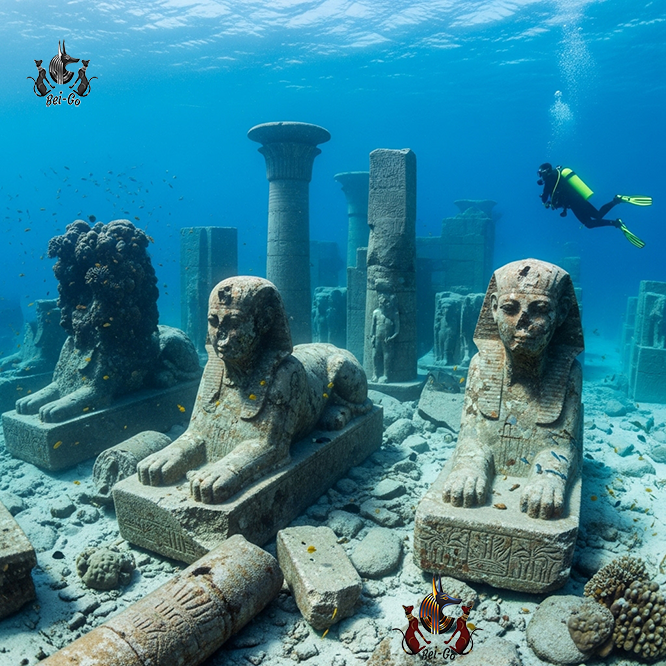
Cleopatra: Icon of Beauty and Elegance: Eternal Inspiration
Cleopatra VII transcended her role as queen to become an icon of beauty and elegance, and her influence still resonates in the world of fashion and adornment today. Known for her intelligence and charm, Cleopatra carefully used her appearance to enhance her power and influence. She favored natural cosmetics, such as kohl to define her eyes, perfumes made from essential oils and flowers, and moisturizing masks of honey and milk. Her luxurious jewelry, made of gold and precious stones such as emeralds and lapis lazuli, reflected her royal status and her Hellenistic and Egyptian heritage. Her attire, often blending Greek elegance with Egyptian luxury, featured rich fabrics and colors, such as precious Tyrian purple. These details continue to inspire fashion designers and beauty experts, making Cleopatra a symbol of powerful femininity and timeless beauty. Discover how you can draw inspiration from Cleopatra's elegance on your journey with Bei-Go.
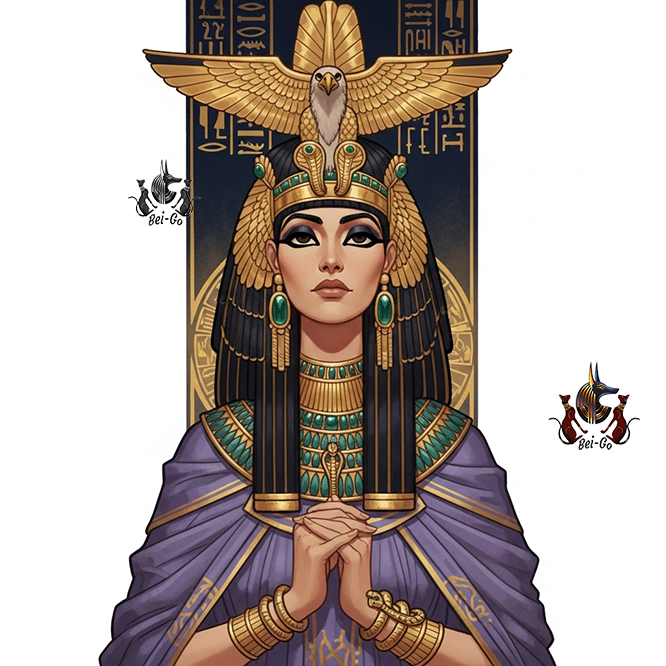
Shopping in Ancient Egyptian Markets: Treasures Inspired by Cleopatra
In Cleopatra's era, Ptolemaic Egypt was a thriving economic power, witnessing increased urbanization, trade, and monetization. Markets were often located on the banks of the Nile, which was a vital highway for trade. Egypt was known as "Rome's breadbasket" due to its abundant grain. Key exports included grain, gold, linen, papyrus, and manufactured goods such as glass and stone objects. Imports included high-quality timber, which Egypt lacked.
Regarding personal items and luxury goods, Cleopatra and the elite favored elaborate jewelry made of gold and precious gemstones (such as emeralds, sapphires, and rubies) and beads. Clothing included draped gowns reminiscent of ancient Greek garments (chitons), often one-shouldered. Cleopatra was known for using fabrics dyed with "Tyrian purple," a highly prized and expensive dye. Wigs, usekh collars, and sandals were also common elements of attire. These goods were available in bustling markets, catering to various social strata. Discover treasures inspired by Cleopatra on your journey.

Cultural and Artistic Life in Cleopatra's Reign
Cleopatra VII's reign was marked by a significant cultural renaissance, with Alexandria serving as a vibrant intellectual and artistic hub. Cleopatra herself was a highly educated and multilingual monarch, fluent in Egyptian, Greek, Latin, and several other languages, which fostered cultural exchange and diplomacy. She was a notable patron of the arts and sciences.
Art and architecture during the Ptolemaic period, including Cleopatra's time, displayed a unique blend of traditional Egyptian styles with Hellenistic influences. While Egyptian artistic traditions continued, there was a clear interaction with Greek art, resulting in distinctive forms. Alexandria was home to the renowned Great Library, a beacon of ancient knowledge and intellectual achievement, attracting scholars and artists from across the ancient world.
Cleopatra's image and story have profoundly influenced art history, leading to countless depictions in various forms such as paintings, sculptures, mosaics, and tapestries, solidifying her legacy as an iconic and captivating historical figure. Immerse yourself in this rich cultural heritage with Bei-Go.
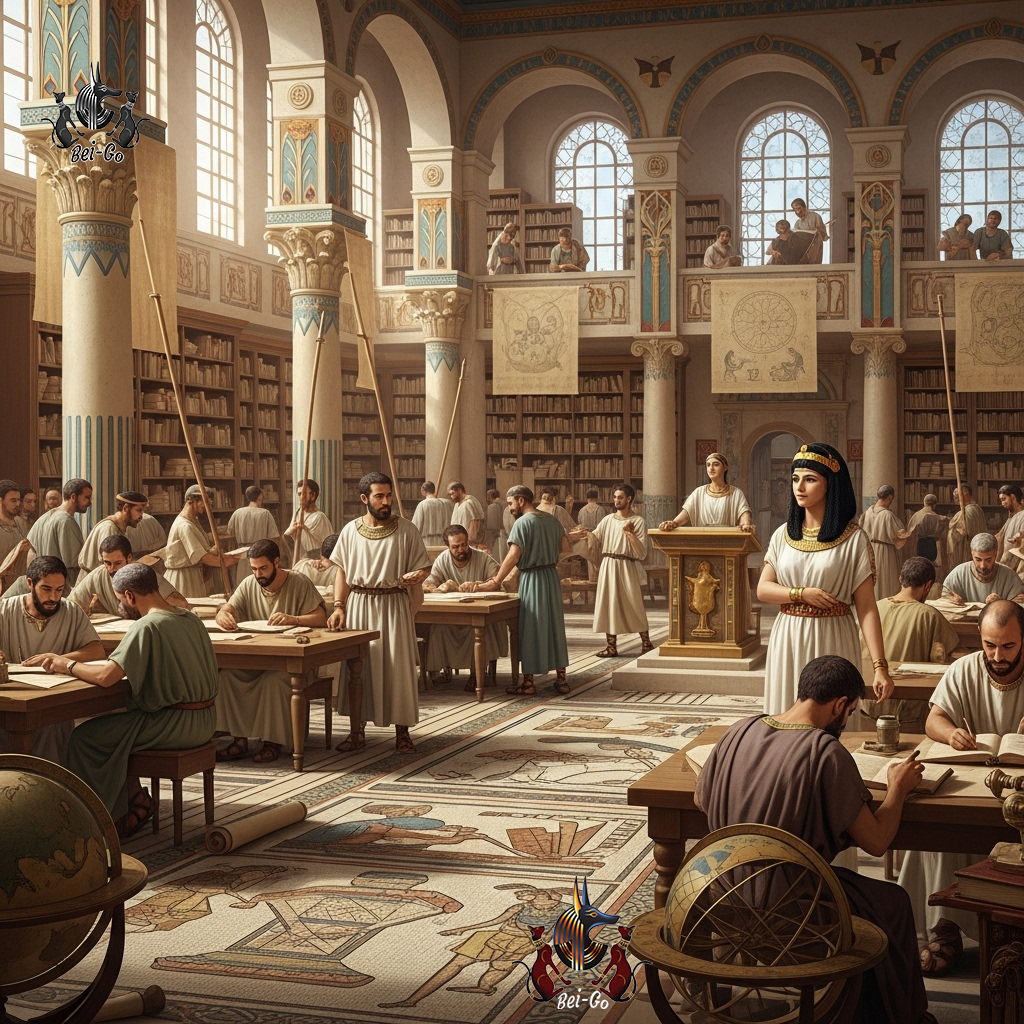
Nightlife and Entertainment, Cleopatra's Way
Nightlife and entertainment in Cleopatra's Egypt, especially in Alexandria, were vibrant and often lavish, particularly within the royal court. Cleopatra and Mark Antony were famously known for forming their own "drinking club" called "The Inimitable Livers" (or "Amimetobioi"), ostensibly dedicated to honoring the god Dionysus. This club was known for its elaborate banquets, games, and contests. They were also reported to wander the streets of Alexandria in disguise, interacting with the populace.
Alexandria itself, as a major Hellenistic city, would have offered a variety of entertainment options, reflecting its cosmopolitan nature. While specific details about public nightlife are scarce, it can be inferred that festivals, religious celebrations, and social gatherings would have been common. The Ptolemaic period saw a blend of Egyptian and Greek cultural practices, suggesting a diverse range of entertainment forms, from theatrical performances to musical events and athletic contests. Immerse yourself in the atmosphere of royal entertainment with Bei-Go.
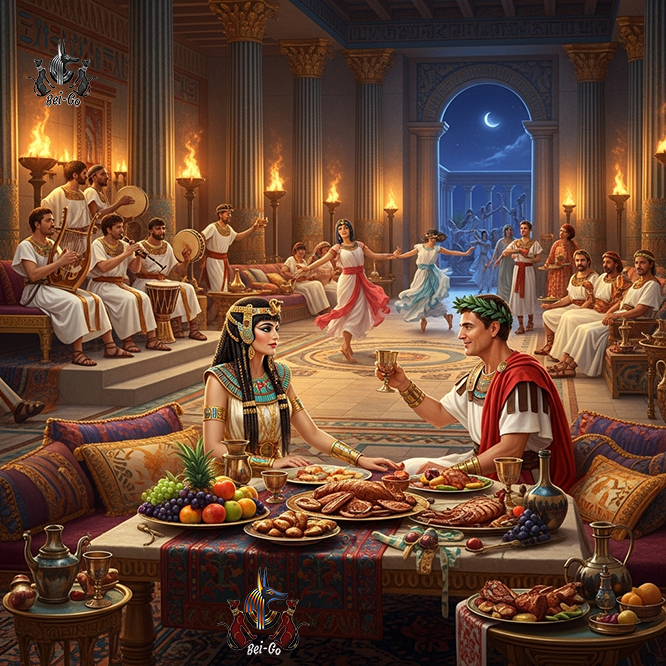
Practical Tips for Your Journey into Cleopatra's World
To make the most of your journey into Cleopatra's enchanting world in Egypt, Bei-Go offers you some practical tips:
•Advance Planning: It is advisable to plan your trip during the cooler months (October to April) to avoid the intense summer heat. Book hotels and tours in advance, especially if you plan to visit Alexandria, Luxor, or Aswan, where many archaeological sites related to ancient Egyptian history are located.
•Hire a Tour Guide: For an enriching and informative experience, consider hiring a local tour guide specializing in ancient Egyptian history. Guides can provide valuable insights into Cleopatra's life and the Ptolemaic period.
•Explore Archaeological Sites: Allocate enough time to visit key sites in Alexandria, such as Qaitbay Citadel (built on the ruins of the ancient Lighthouse of Alexandria) and the Roman Museum and Roman Theater. Don't miss the opportunity to visit the modern Bibliotheca Alexandrina, which is a revival of the ancient library.
•Taste Local Cuisine: Enjoy the experience of modern Egyptian cuisine, which has roots in ancient traditions. Try delicious local dishes in authentic restaurants.
•Respect Customs and Traditions: Egypt is a country with a rich culture and ancient traditions. It is advisable to wear modest clothing when visiting religious and archaeological sites, and to respect local customs.
•Safety and Security: Be mindful of your personal belongings in crowded places, and follow safety guidelines provided by tour operators or hotels.
With Bei-Go, your journey into Cleopatra's world will be an unforgettable experience, combining ancient history, natural beauty, and rich culture.
